How to create hidden fields in Google Forms
- Method 1: Using prefilled URLs
- Method 2: Using Google Apps Script
- Method 3: Using add-ons
Google Forms is a great tool for creating surveys, collecting feedback, and gathering data. But if you’re looking to gain more control and insights from your respondents, you may need to explore a lesser-known trick: hidden fields.
Read on to discover everything you need to know about hidden fields in Google Forms, including how to implement them and when they’re most useful. Plus, we’ll introduce an easier alternative to Google Forms that can streamline this process even more effectively.
What are hidden fields in Google Forms?
Hidden fields are data fields included in a form which the user doesn’t directly interact with or even see. While the respondent fills out your form normally, these hidden fields discreetly collect valuable information in the background.
However, it’s important to know right from the start: Google Forms doesn’t natively support hidden fields. Don’t worry, though — there are workaround methods you can use to simulate this helpful functionality with ease.
Why are hidden fields useful?
Hidden fields can significantly enhance the quality and usability of your data. Here’s why:
- Tracking sources: If you’re sharing your Google Form through different channels (e.g., social media, email campaigns, website links), hidden fields can track where your responses originate.
- Segmenting respondents: Automatically categorize respondents based on hidden criteria (e.g., new vs. returning customers, geographic location) without cluttering your form with extra questions.
- Personalizing follow-up communications: Tailor your email or marketing responses based on hidden fields, improving user experience by making interactions feel more personal and relevant to different respondents.
- Reduce form fatigue: Since respondents don’t see or interact with these fields, they avoid unnecessary clutter — leading to a smoother experience.
How to create hidden fields in Google Forms
Although Google Forms doesn’t support hidden fields directly, you can mimic the functionality using prefilled URLs or integrations with tools like Google Apps Script.
Method 1: Using prefilled URLs (recommended)
Here’s a step-by-step guide on how to generate prefilled URLs to simulate hidden fields:
- Create your form: Build your Google Form as usual, adding the fields you’d like to prefill.
- Generate the prefilled link:
- Open your Google Form.
- Click on the three-dot menu in the upper-right corner.
- Select Pre-fill form.
- Fill out your hidden fields:
- Enter the values you want to remain hidden directly into the form fields you intend to hide.
- Click Get link to generate a URL containing these prefilled values.
- Distribute the custom link:
- Share this specific link with respondents. They won’t see the prefilled values, but the information will be submitted automatically with each response.
Example:
If you want to track users from a specific campaign, your prefilled URL might look like this:
https://docs.google.com/forms/d/e/FORM_ID/viewform?entry.123456789=CampaignSource
Simply replace FORM_ID and entry.123456789 with your actual form and field IDs.
Method 2: Using Google Apps Script
For more advanced needs, you can use Google Apps Script to dynamically populate hidden data fields. This method requires basic coding knowledge but can provide greater flexibility for your forms.
- Create an Apps Script attached to your Google Form or Google Sheet.
- Write a script to handle submission events and automatically add hidden data.
However, note that this method is considerably more complex than using prefilled URLs.
Method 3: Using add-ons
While Google Forms doesn’t have an official hidden fields feature, you can use add-ons to show or restrict questions based on certain input conditions. Here’s how:
- Install a Google Forms add-on:
- Open your Google Form.
- Click the puzzle piece icon (🧩) in the top-right corner.
- Click Get add-ons to open the Google Workspace Marketplace.
- Search for one of these helpful add-ons:
Form Ranger — Dynamically populates fields based on Sheets
formLimiter — Restricts form availability
Formfacade — Best for styling and hiding fields
- Click Install next to the add-on you choose.
- Use Formfacade to hide fields:
- After installing, go back to your form. Click the puzzle piece icon (🧩) .
- Select Formfacade > Customize this form.
- A new window will open. Click Proceed.
- Choose the field you want to hide.
- Under Field Display, select Hidden from the dropdown menu.
- Save your changes.
You can now prefill that hidden field via a custom URL and users won’t see it, even though it submits with the form.
Jotform: An easier and more effective alternative
If the above workarounds feel a bit cumbersome, Jotform is a powerful yet easy-to-use alternative to Google Forms. Jotform allows you to seamlessly implement hidden fields without complicated scripts or confusing URLs.
With Jotform, creating hidden fields is straightforward:
- Open your form in Jotform’s intuitive Form Builder.
- Add a Show/Hide Field box directly to your form. It stays invisible to respondents but collects necessary data automatically.
Additionally, Jotform offers advanced conditional logic features, enabling you to show or hide fields based on user responses, enhancing form flexibility and user experience.
Why choose Jotform over Google Forms?
- Ease of use: Quickly set up forms with intuitive drag-and-drop functionality.
- Powerful integrations: Connect your form seamlessly with hundreds of integrations, including CRM tools, email marketing platforms, and more.
- Advanced customization: Effortlessly implement conditional logic and hidden fields without needing technical expertise.
Pro Tip
Ready to upgrade your form creation experience? Check out Jotform’s Google Forms Alternative.
While Google Forms is a reliable option for basic data collection, leveraging hidden fields requires workarounds that might be a bit too technical and complicated for some users. Fortunately, tools like Jotform make it easy to manage and automate hidden data collection, enabling you to enhance respondent tracking, personalize communication, and gain deeper insights without the extra hassle. Ready to take your forms to the next level? Try it today!
This article is aimed at Google Forms users who want to collect additional information without asking extra questions. It’s especially useful for those looking to track sources, segment responses, or personalize follow-ups using hidden fields.
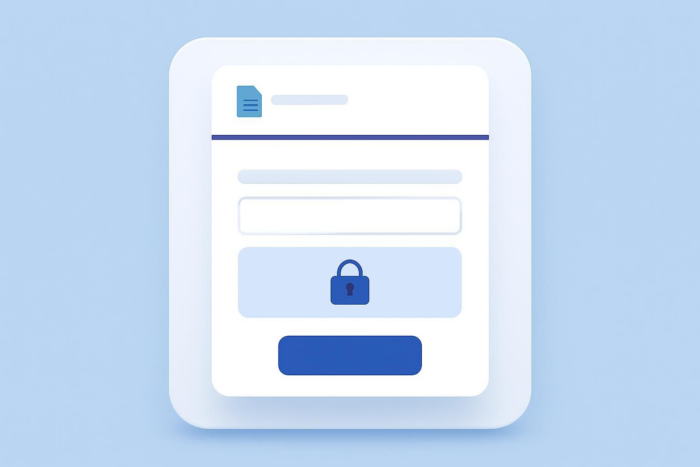
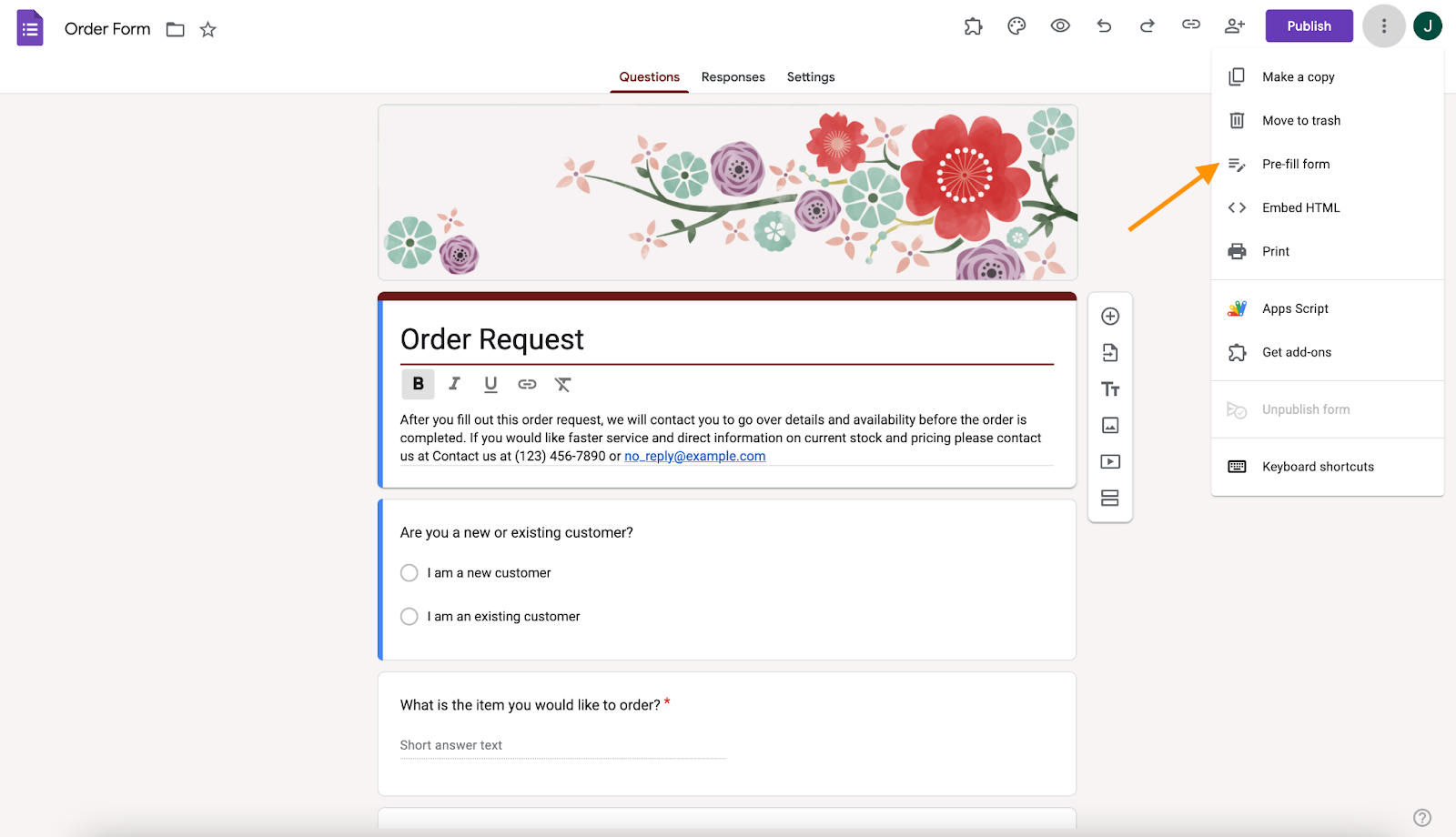
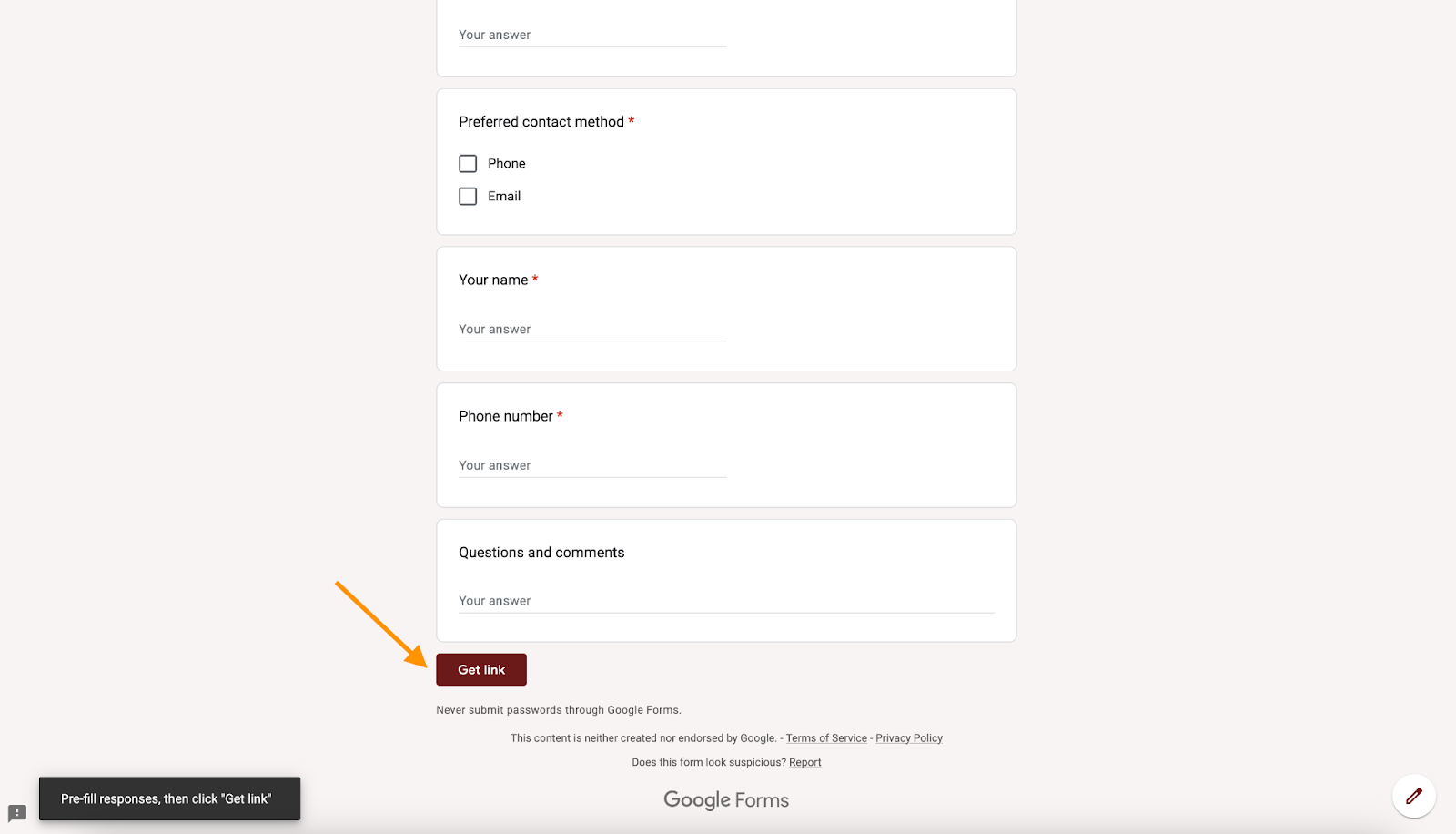
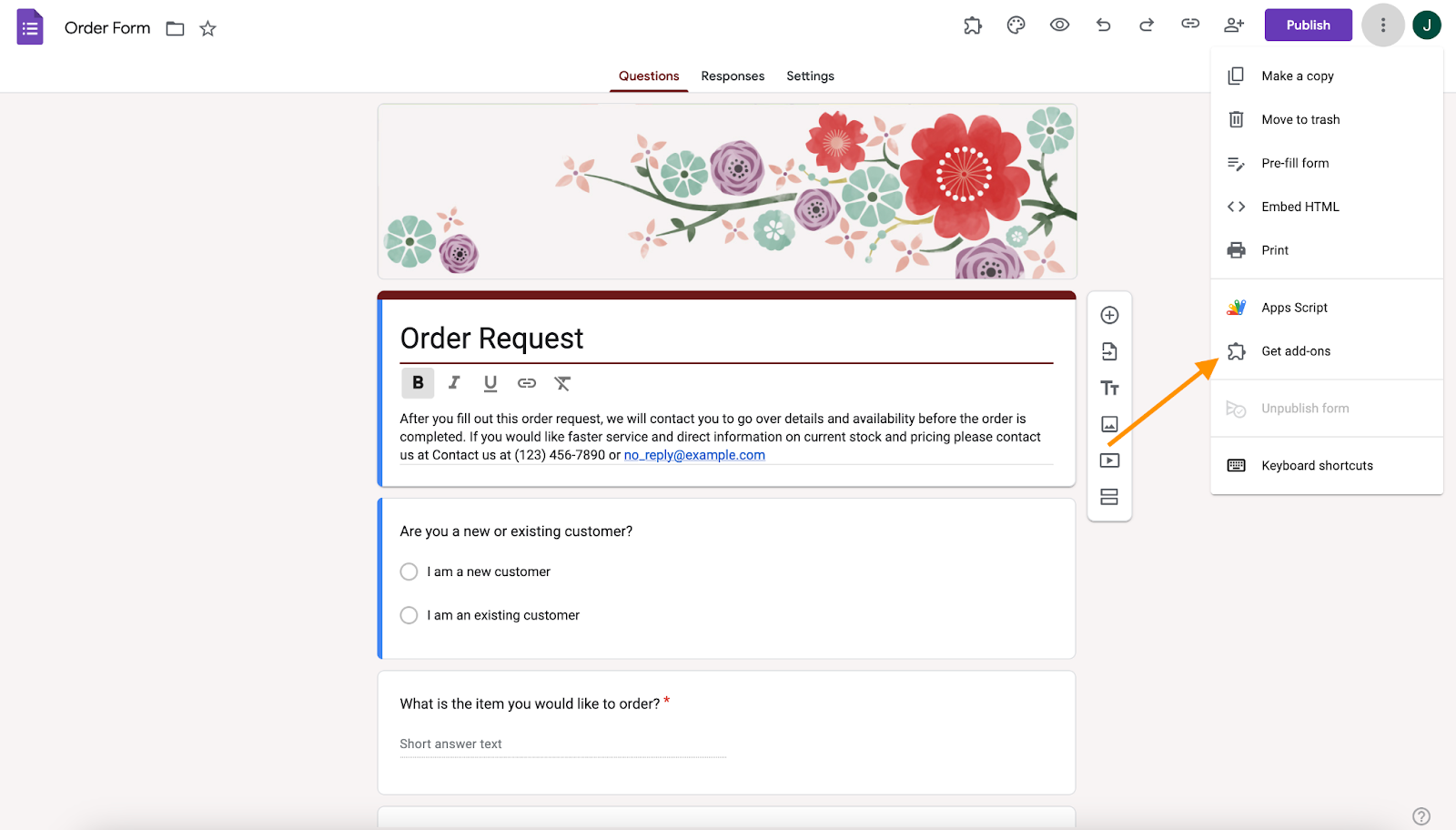
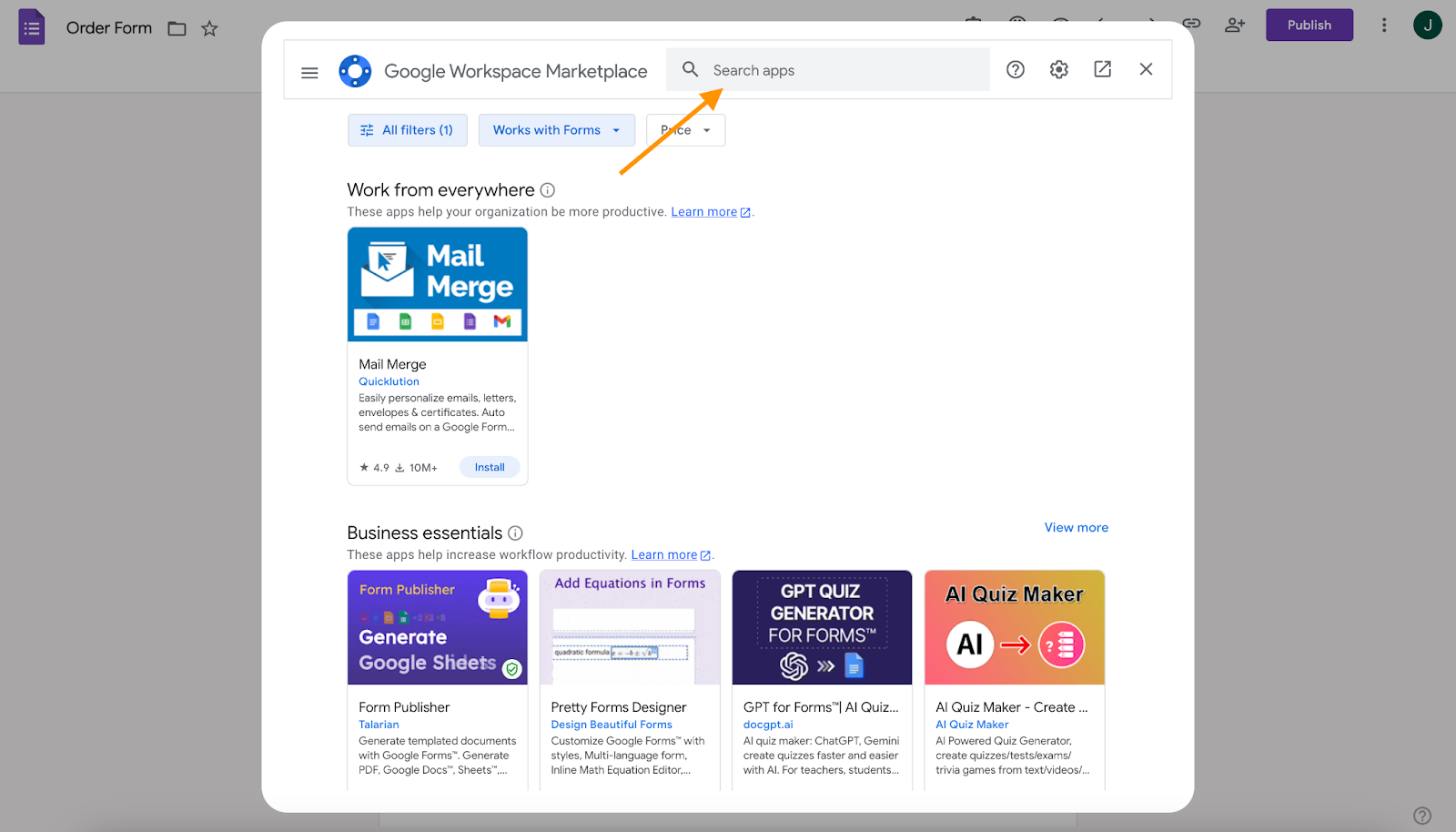
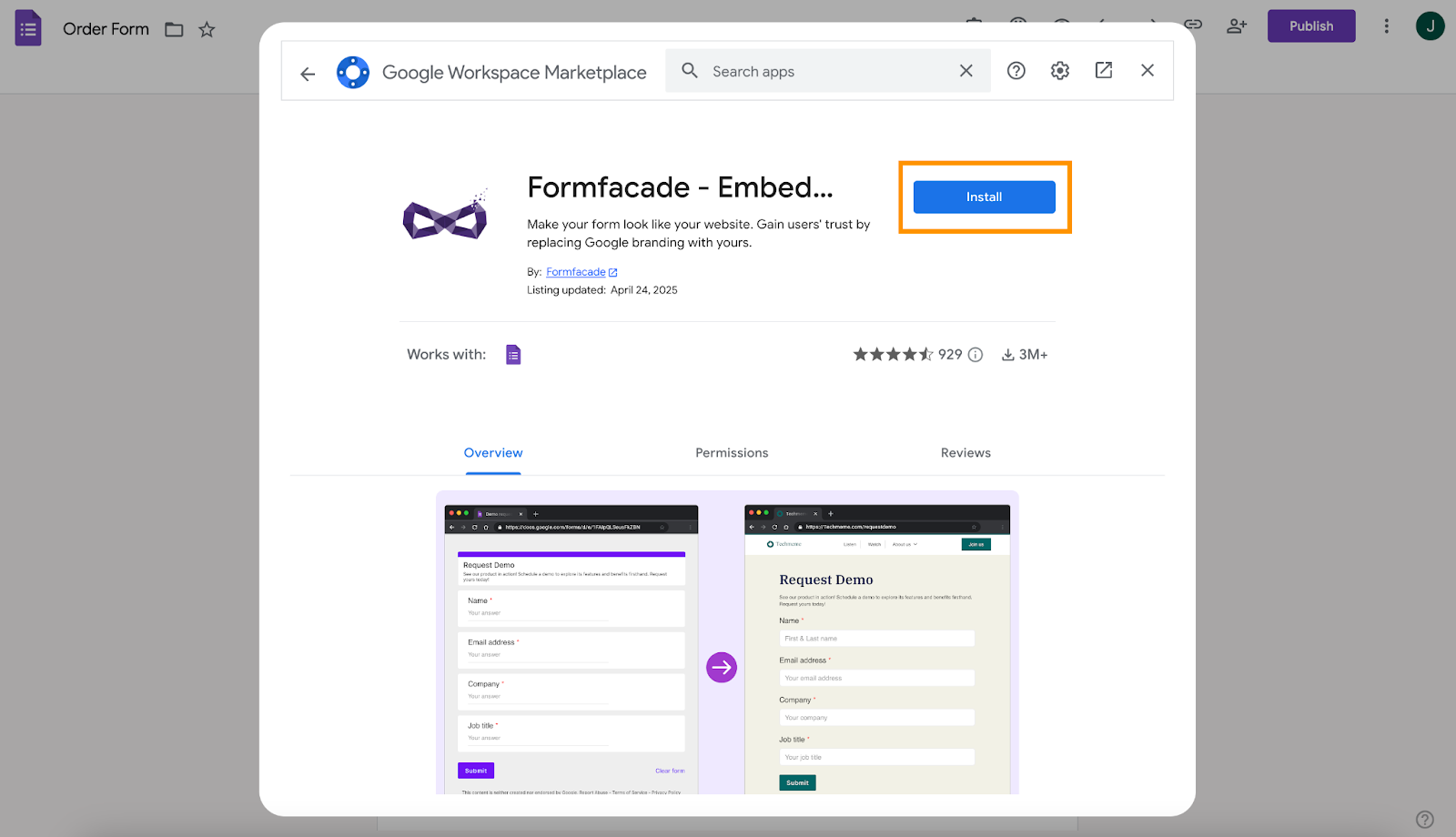
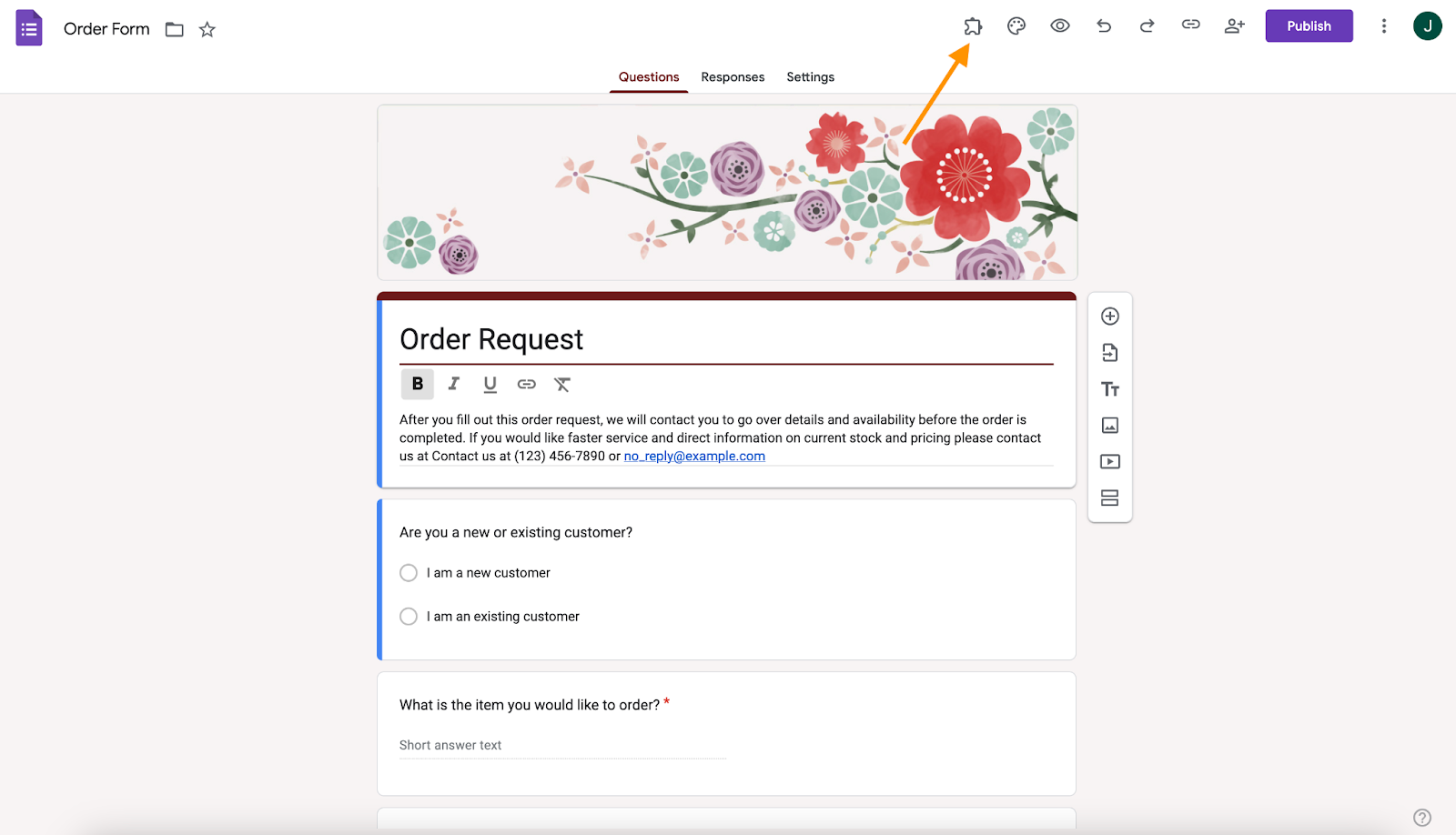
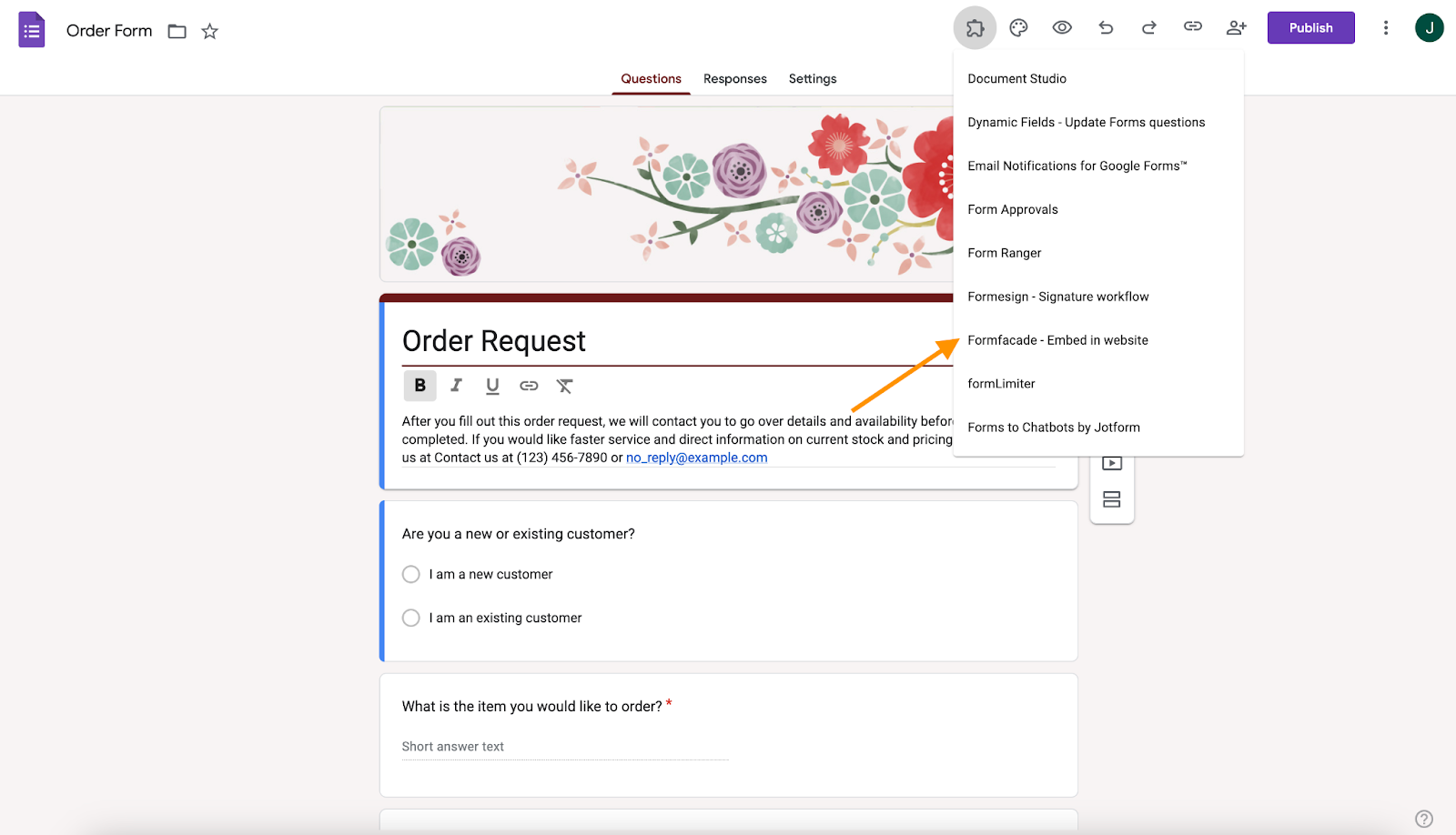
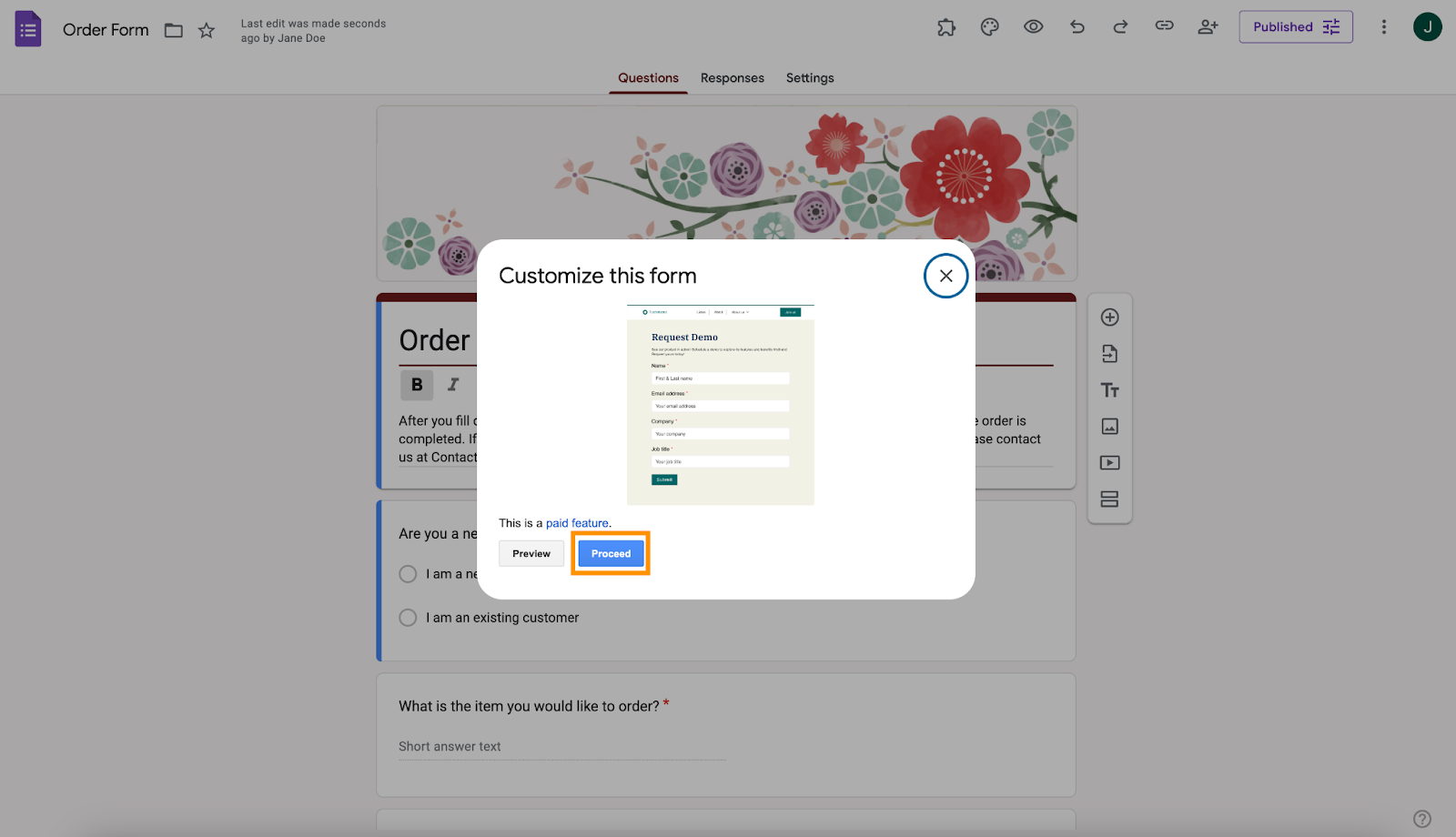
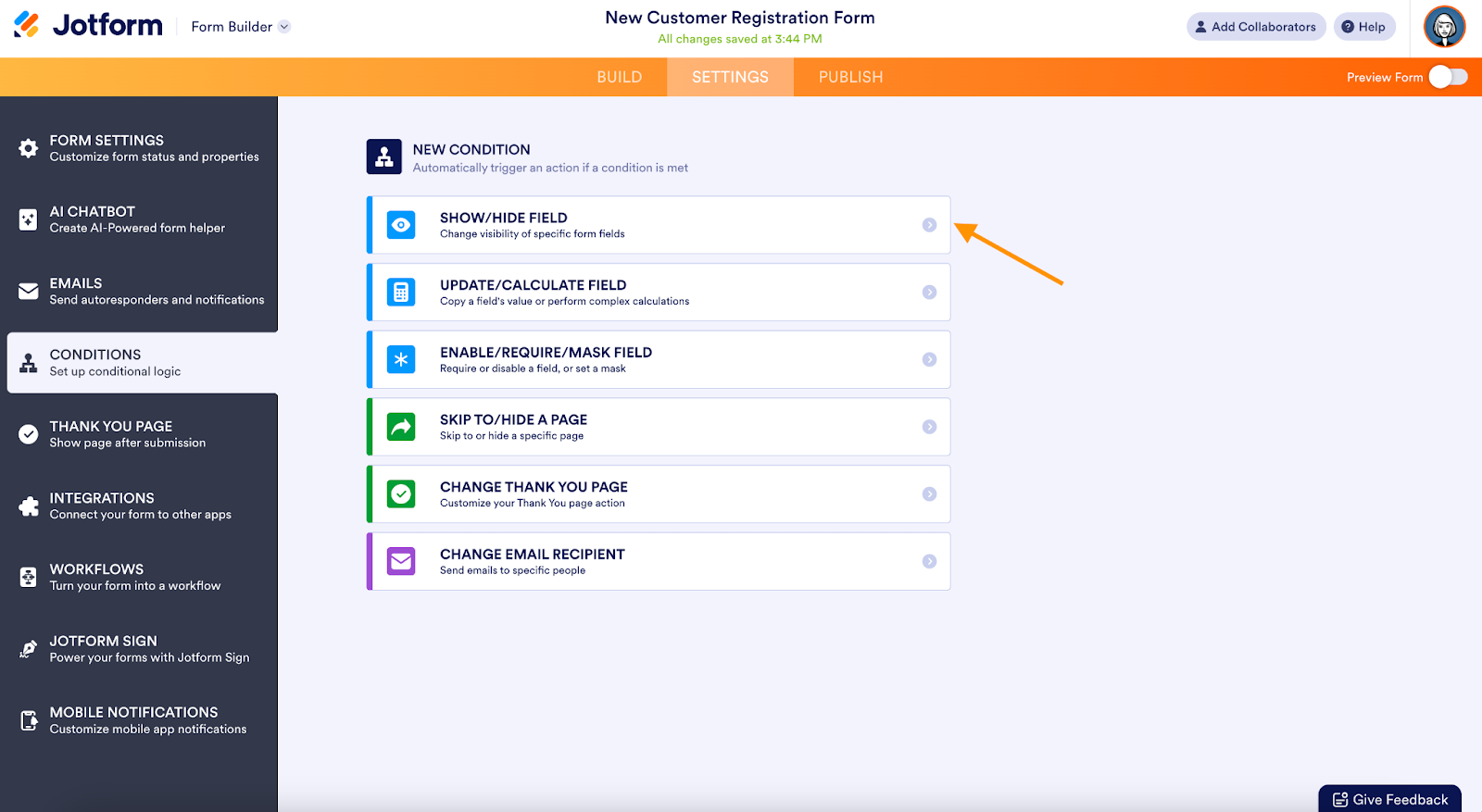


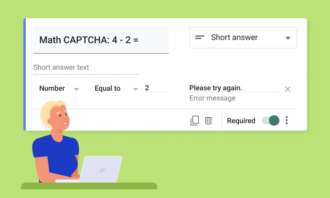





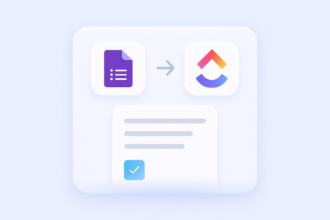


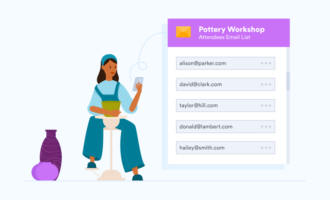




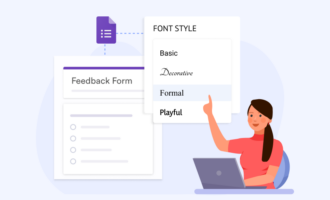



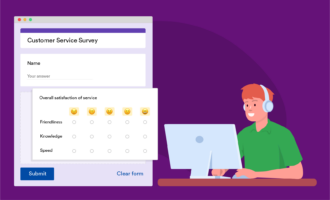


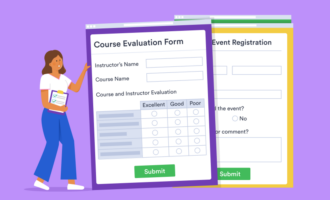
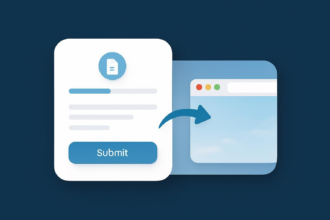


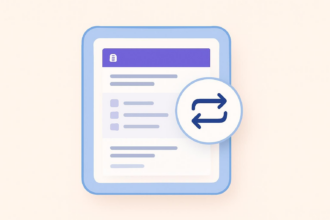
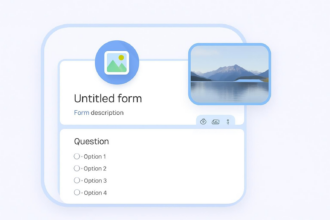
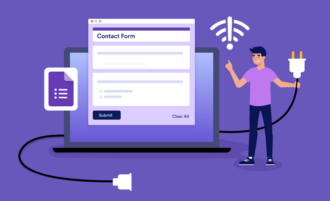
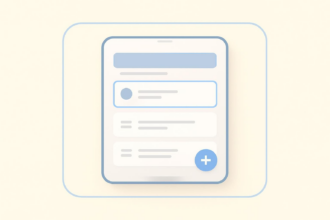





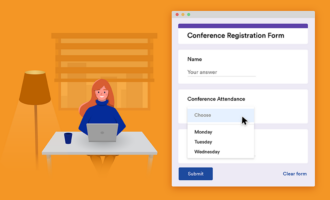


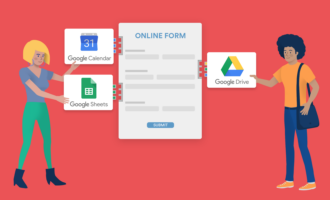
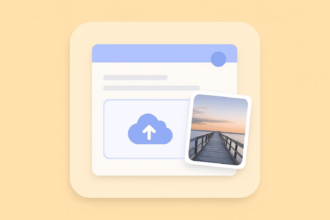





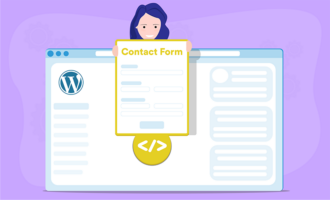



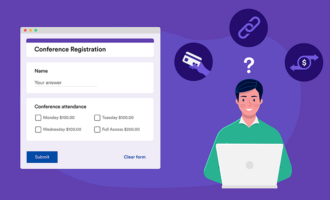


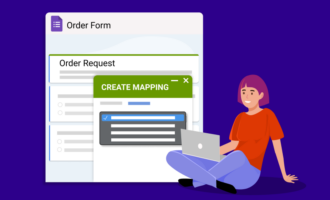

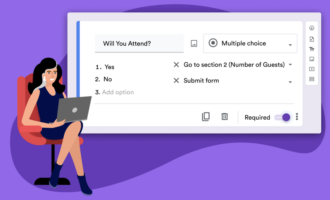
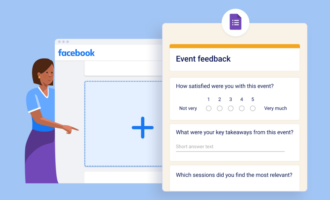

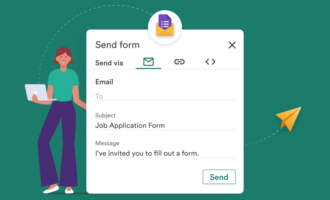


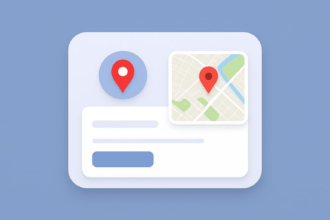

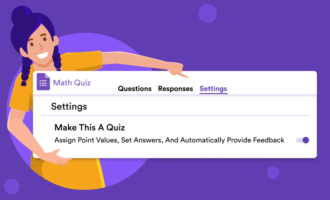





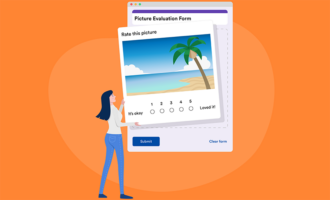
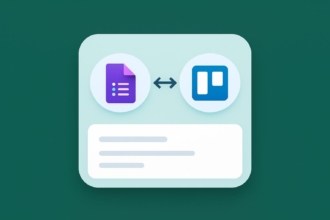

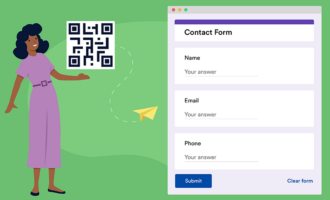


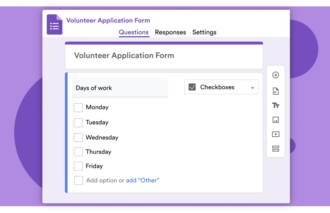

























Send Comment: